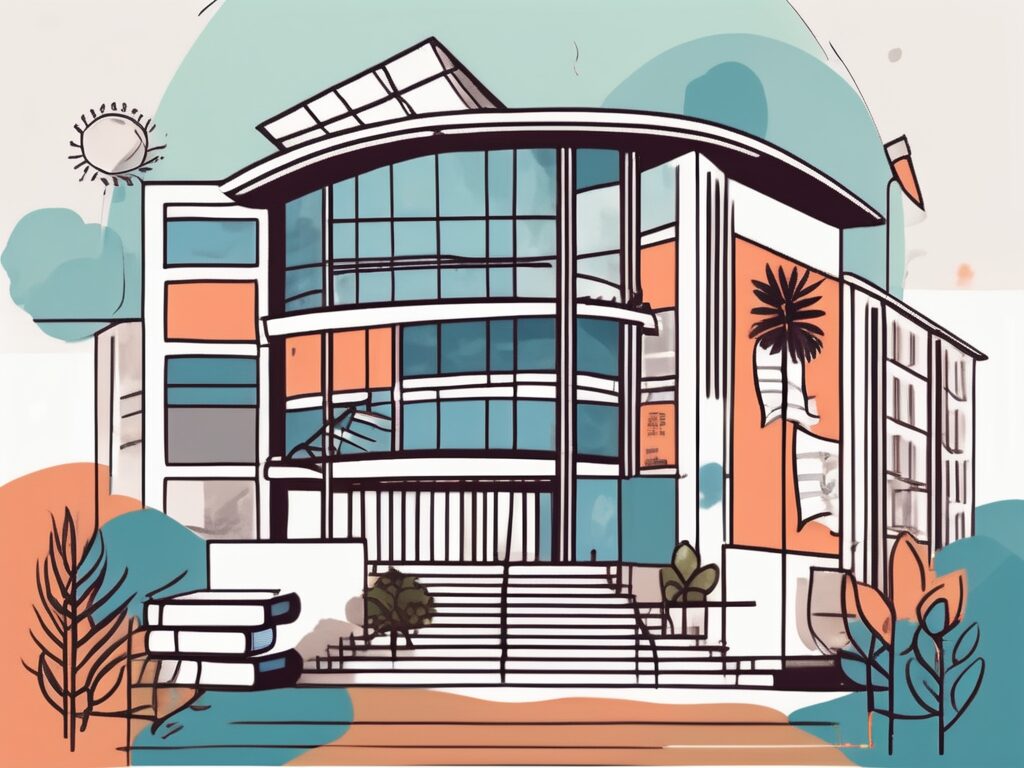html
Unlock Creativity: 4 Innovative Arts & Humanities Strategies for PGCE in HK
In the ever-evolving landscape of education, creativity is not just a luxury; it’s a necessity. As educators in Hong Kong pursue their Postgraduate Certificate in Education (PGCE), the integration of innovative strategies in the Arts and Humanities can significantly enhance teaching effectiveness and student engagement. This blog post will explore four transformative strategies that can unlock creativity in the classroom, ensuring that future educators are well-equipped to inspire their students. Whether you are a seasoned teacher or just starting your journey, these insights will help you foster a more dynamic and inclusive learning environment.
1. Embrace Project-Based Learning (PBL)
Project-Based Learning (PBL) is an instructional approach that encourages students to engage in real-world projects, promoting critical thinking and creativity. By allowing students to explore topics that interest them, PBL fosters a sense of ownership over their learning. In the context of the Arts and Humanities, this could involve collaborative projects that require students to research, create, and present their findings.
For example, a PBL initiative could involve students working together to create a multimedia presentation on a significant historical event. This not only enhances their research skills but also encourages teamwork and creativity. According to a study by the Buck Institute for Education, students engaged in PBL demonstrate higher retention rates and improved problem-solving skills compared to traditional learning methods.
2. Integrate Technology in Arts Education
In today’s digital age, integrating technology into the Arts and Humanities curriculum is essential. Tools such as digital storytelling, virtual reality, and online collaboration platforms can enhance creativity and engagement among students. For instance, using apps like Adobe Spark or Canva allows students to create visually appealing presentations and projects that reflect their understanding of the subject matter.
Moreover, virtual reality can transport students to historical sites or artistic movements, providing immersive experiences that deepen their understanding. A report from the National Endowment for the Arts highlights that technology not only enhances creativity but also prepares students for the demands of the modern workforce, where digital literacy is paramount.
3. Foster a Growth Mindset through Arts Integration
Encouraging a growth mindset is crucial for unlocking creativity in students. By integrating the Arts into various subjects, educators can help students see the value of perseverance and resilience. For example, incorporating drama techniques into history lessons can help students empathize with historical figures, fostering a deeper understanding of the material.
Additionally, art projects that require iterative processes—such as drafting, feedback, and revision—can teach students that mistakes are part of the learning journey. Research from Stanford University shows that students with a growth mindset are more likely to embrace challenges and persist in the face of setbacks, ultimately leading to greater academic success.
4. Create a Collaborative Learning Environment
Collaboration is key to unlocking creativity in the classroom. By creating a collaborative learning environment, educators can encourage students to share ideas, provide feedback, and learn from one another. This can be achieved through group projects, peer reviews, and interdisciplinary activities that bring together different perspectives.
For instance, a collaborative project that combines literature and visual arts could involve students creating a graphic novel based on a classic piece of literature. This not only enhances their understanding of the text but also allows them to express their creativity in multiple forms. According to a study published in the Journal of Educational Psychology, collaborative learning environments lead to higher levels of student engagement and satisfaction.
Conclusion
Incorporating innovative strategies in the Arts and Humanities is essential for unlocking creativity in PGCE students in Hong Kong. By embracing Project-Based Learning, integrating technology, fostering a growth mindset, and creating collaborative learning environments, educators can inspire their students to think critically and creatively. These strategies not only enhance teaching effectiveness but also prepare students for the challenges of the modern world.
Empower Your Teaching Career with IPGCE
As we strive for a more inclusive education system in Malaysia, the role of qualified and well-trained educators becomes increasingly crucial. IPGCE is dedicated to supporting teachers in their professional journey, offering the International Postgraduate Certificate in Education (iPGCE) to enhance qualifications and open doors to international teaching opportunities. With our program, you can expect a significant increase in interview callbacks, promotion rates, and salary. Plus, you’ll join a global network of educators, gain a deeper understanding of international curricula, and enjoy the flexibility of online study. Don’t let inadequate credentials or isolation hold you back. Join the UK’s #1 Teacher Training Course today and take a decisive step towards a fulfilling career in inclusive education.
For more insights on enhancing your teaching strategies, check out our articles on Project-Based Learning and Integrating Technology in Education.
Connect with us on LinkedIn to stay updated on the latest in education and teaching strategies!

